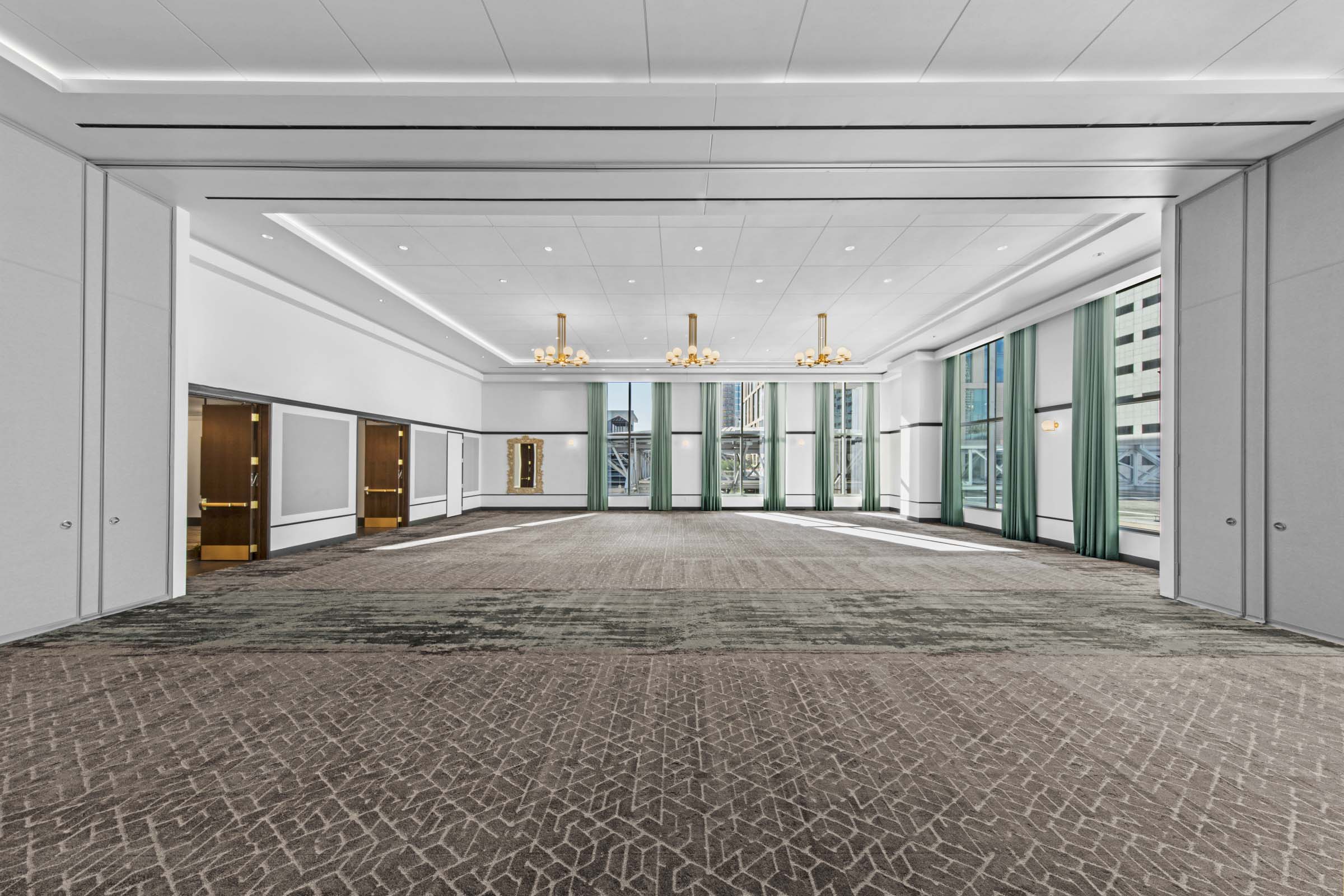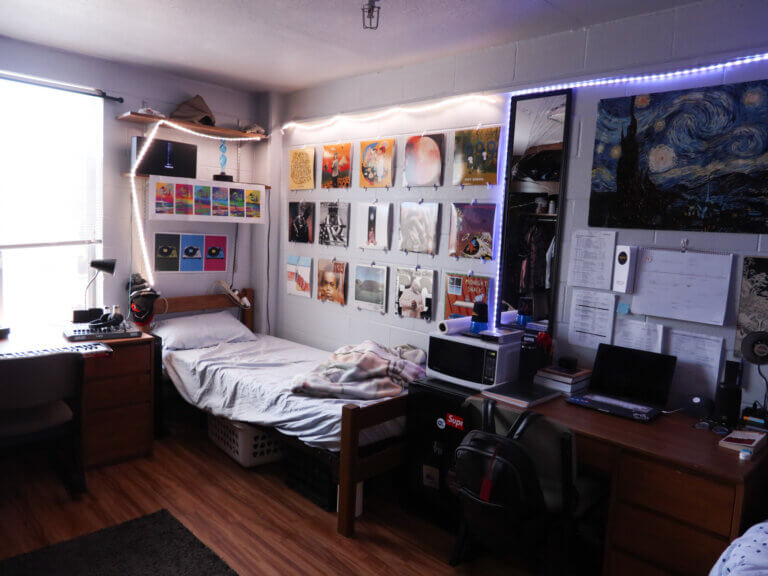
Every few years, our company holds an employee summit — two days for everyone in our company, from every job site and office across the country, to come together for training, development, and fellowship. To plan the event, we first must find a space that can hold 600+ people in one room with multiple spaces for breakout sessions. All the sessions involve presentations, so the space needs to offer audio/visual capabilities. Plus, we need a large enough pre-function space to set up information booths for employees to visit between sessions. Whether its corporate summits like ours, weddings, or trade shows, event planners have a list of amenities and features they’re looking for in a venue. So, how do you make sure your hotel checks all the right boxes to book the next big event? I’ve spent the last four years working on ballroom and convention center expansions and these are the most common features I’ve seen being added to modern meeting spaces.
Wi-Fi
No matter the event, people expect to be able to have constant online access. Whether its business people checking their emails or wedding guests posting pictures of the happy couple to social media, your venue needs to have adequate internet and WI-FI capability throughout the building. Having a convention center with dead zones can leave guests frustrated and hurt your chances for booking repeat customers. Locating wireless access points throughout the interior and exterior spaces during preconstruction and testing them prior to project completion can eliminate costly design changes and/or delays during construction. In addition, adding data ports throughout pre-function areas offers guests plenty of chances to charge their phones. It’s these types of small details and features that make a big impact on guest experience.
Lighting
On one of the recent convention center expansions I worked on, updated lighting was one of the driving reasons behind the renovation. Customers were no longer satisfied with the outdated lighting in their existing ballroom. When we renovated the space, we put in LED lighting which is more cost effective and offers a lot of flexibility. New lighting systems are complex and customizable. We’ve added lighting that can be dimmed, changed in color, and used as a tool to set a unique mood and experience for each event. In my experience, it’s beneficial to check how the lighting systems in the design work in the actual space as early as possible to allow time for changes prior to project completion if needed. This includes testing the lighting controls and checking the compatibility of the fixtures.
Audio/Visual
When’s the last time you attended an event at a conference center or ballroom where there wasn’t some kind of audio or visual presentation? A video on a large digital project screen? A keynote speaker? A live wedding band? You may not have noticed if the audio and visual components were updated and working flawlessly, but I bet you’d notice if they weren’t. No one wants to attend a speaking event where they strain to hear every word. Event spaces today need to be able to handle any requirement for every customer. Updating your facility to accommodate extensive A/V setups requires infrastructure to support it. For example, you have to determine if specific event areas have adequate power supply. If you were to host a wedding reception on an event lawn, you would want to make sure that enough power was provided to support the setup of a live band within that space. It’s added scope to a project, but a feature your customers will appreciate.
Space Flexibility
Is your venue prepared to host any event? Flex spaces with operable wall partitions give you the ability to accommodate any event size or layout. If an event has a keynote speaker in the morning and breakout sessions in the afternoon, you can initially open your entire ballroom and then quickly move walls to create private meeting spaces as needed. The walls and materials you use to create these flex spaces matter. I’d recommend using properly sound rated operable walls. In addition, your ductwork should be fully insulated and internally lined. This added measure ensures sound isn’t carried through the ducts from one space to another. These sound proofing features give you the flexibility to host multiple clients in your space while giving each event privacy and individual consideration.
Accommodations and Access
To make your convention center or ballroom as accommodating as possible, you need to consider what kinds of events you eventually hope to attract early in the project planning. For example, if you want to book a boat show — your building has to offer clear access to get the large boats in and out. Does the design for your ceiling offer adequate rigging points if a customer wants to hang large signs and banners from the ceiling? These features can set your space apart and help you book major events and shows. The time to plan these features is during the design phase so your building has the proper infrastructure and structural elements to support any event you want.
Prefunction Space
If you’ve included options for flexible space in your ballroom, you need a proper pre-function space for guests to wait while the main room is being reconfigured. This is an opportunity to set your facility apart from the many other options for venues out there. The traditional pre-function space is a big hall just outside the doors to the main room. Newer projects are paying more attention to the pre-function space and adding features like individual built-in nooks where people can gather in groups. Or floor boxes or power strips along the walls where people can plug in while sitting in a comfortable chair. On our most recent ballroom expansion, we built an event lawn just off the pre-function space where guests can wait outside and enjoy the day. The outside addition also gives our client the option to use the pre-function space as a smaller event space for outdoor weddings or parties.
A modern, updated convention center can attract companies and event planners to consider booking their next event at your hotel, adding to your bottom line in the process. These features will help make your venue stand out and capable of hosting any event. To read about other trends we’ve seen in hospitality projects that are driving revenue for our clients, click here.

